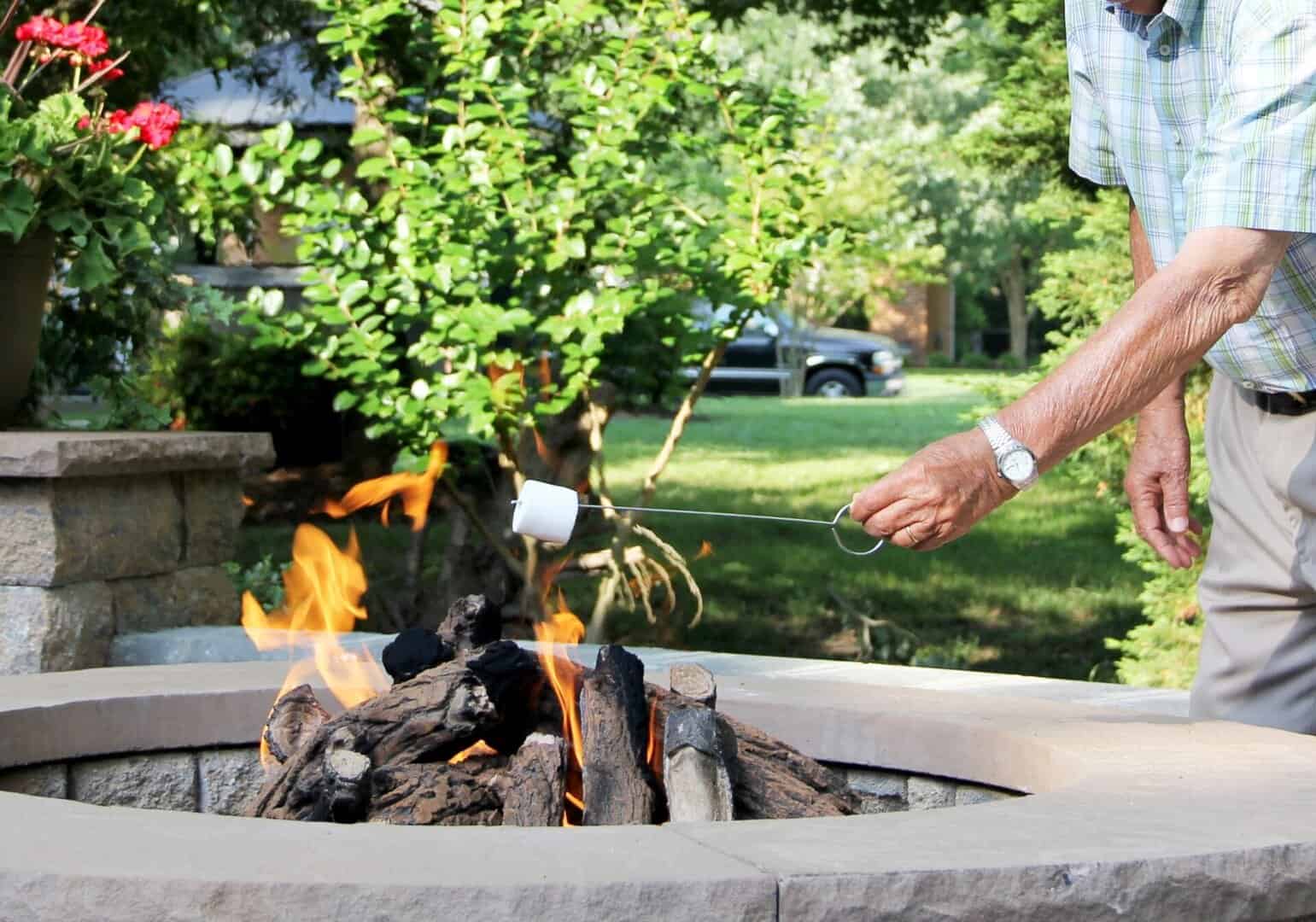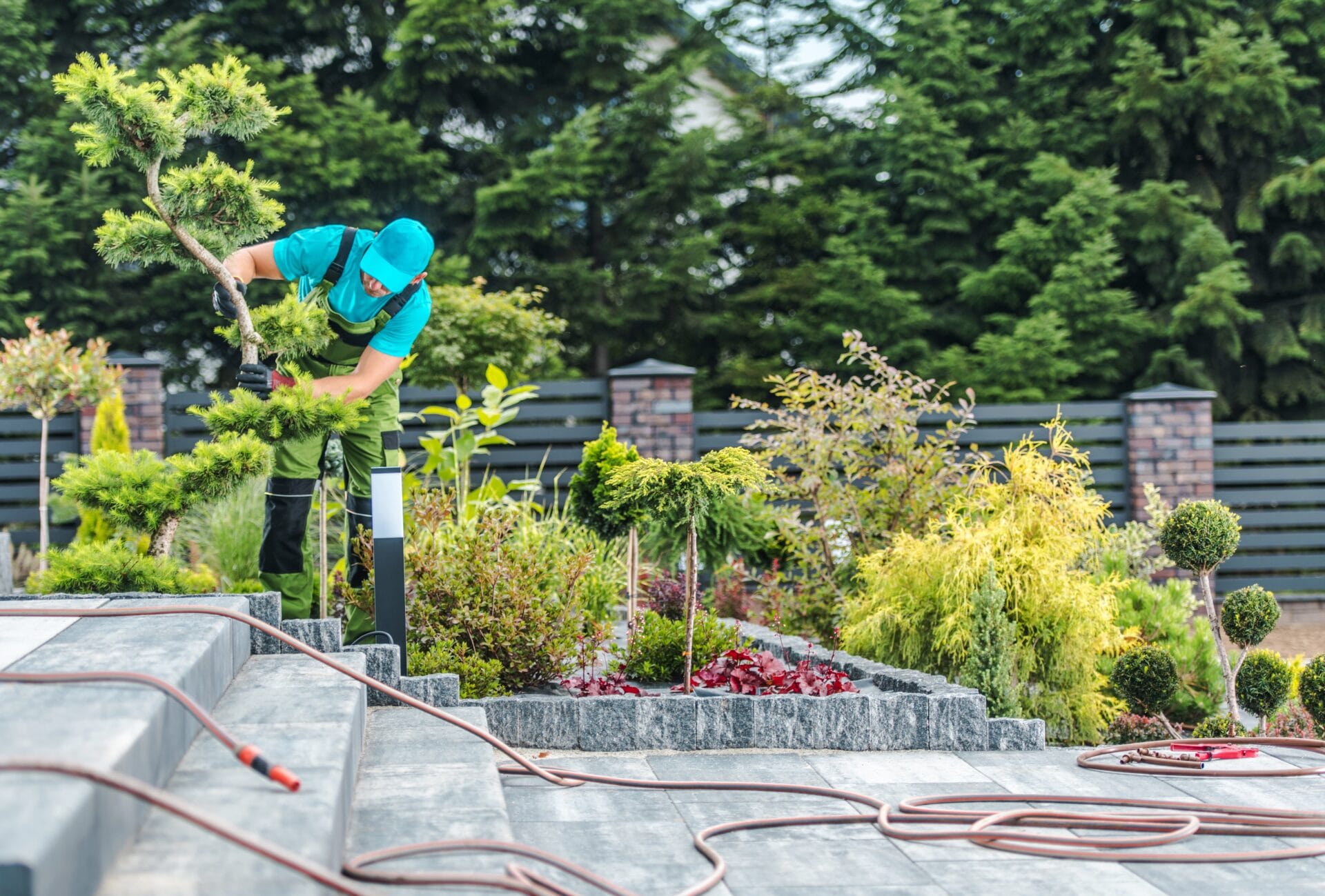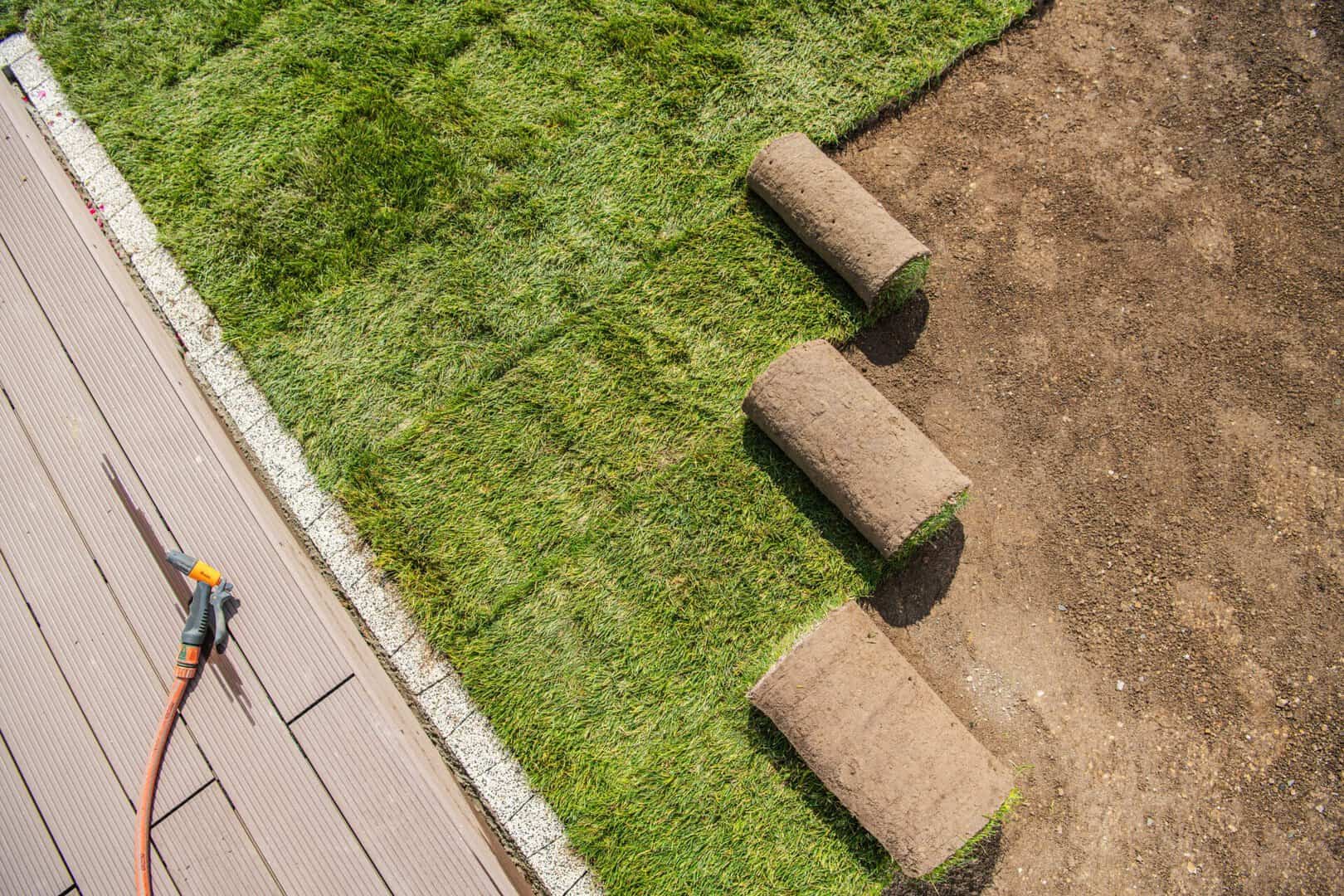A retaining wall is a structure that is designed to hold back soil or other materials and prevent erosion. It is commonly used in landscaping projects to create terraced gardens or level areas on sloping land. However, over time, retaining walls may start to lean due to various factors. In this article, we will discuss what causes a retaining wall to lean, tips on how to fix a retaining wall that is leaning, and when to call a professional for help.
Key Takeaways
- There are different factors that could cause a retaining to lean, including poor drainage, an inadequate base, and pressure from soil or gravel.
- How to fix a retaining wall that’s already leaning? There are some things to remember such as the current condition of the wall, the preparation of the ground, the quality of the materials, and the assurance of having proper drainage.
- When fixing a retaining wall gets too complex, it is better to call a professional.
What Causes a Retaining Wall to Lean?
Poor Drainage Behind the Wall
Poor drainage behind the wall is one of the common causes of a leaning retaining wall. When water accumulates behind the wall, it increases the pressure on the structure, causing it to lean.
Inadequate Base or Foundation
An inadequate base or foundation can also lead to a leaning retaining wall. If the base is not properly compacted or the foundation is not strong enough, the wall may not be able to withstand the pressure from the soil or gravel it is holding back.
Pressure from Soil or Gravel
The pressure from the soil or gravel behind the wall can cause it to lean. If the soil is not well-compacted or there is too much pressure from the backfill material, the wall may start to tilt.
How to Fix a Retaining Wall that is Leaning?

Assess the Condition of the Wall
The first step in fixing a leaning retaining wall is to assess its condition. Determine the extent of the damage, the cause of the lean, and whether it can be repaired or needs to be completely rebuilt.
Properly Prepare the Ground
One of the key steps in preventing a retaining wall from leaning is to properly prepare the ground before construction. This includes ensuring that the soil is well-compacted and the area is properly leveled.
Digging Behind the Wall
In order to repair a leaning retaining wall, you will need to dig behind the wall to access the base and foundation. This will allow you to remove any damaged sections and make necessary repairs.
Rebuilding the Wall with Proper Materials
If the damage to the retaining wall is extensive, it may be necessary to rebuild it using proper materials. This ensures that the new wall is strong and able to withstand the pressure from the soil or gravel.
Ensure Proper Drainage
To prevent water accumulation and pressure behind the wall, it is important to ensure proper drainage. This can be achieved by installing drain pipes or creating a drainage system that directs water away from the wall.
When to Call a Professional to Fix a Leaning Retaining Wall
Extensive Damage or Lean
If the retaining wall has extensive damage or is leaning significantly, it is advisable to call a professional for assistance. They have the expertise and equipment to handle complex repairs and ensure the stability of the wall.
Presence of Trees or Roots
If there are trees or roots near the retaining wall, they can exert pressure that causes the wall to lean. In such cases, it is best to seek professional help to assess the situation and determine the appropriate course of action.
Multiple Walls in Poor Condition
If you have multiple retaining walls on your property and they are all in poor condition or showing signs of leaning, it is recommended to consult a professional. They will be able to evaluate the overall stability of the walls and suggest the necessary repairs or replacements.
Frequently Asked Questions
Q: Can I repair a leaning retaining wall myself?
A: It is possible to repair a leaning retaining wall yourself, but it is important to have some knowledge and experience in construction and landscaping. If you are unsure of your ability to do the job properly, it is recommended to hire a professional contractor.
Q: What materials can be used to repair a leaning retaining wall?
A: The materials used to repair a leaning retaining wall will depend on the type of wall and the severity of the damage. Common materials for repair include concrete blocks, stones, wood timbers, and steel reinforcements.
Q: How long does it take to fix a leaning retaining wall?
A: The time it takes to fix a leaning retaining wall will depend on the extent of the damage and the chosen repair method. It could take anywhere from a few days to several weeks to complete the repair process.
Q: Will fixing a leaning retaining wall prevent it from leaning again in the future?
A: While repairing a leaning retaining wall can provide immediate stability, it does not guarantee that the wall will not lean again in the future. Proper construction, regular maintenance, and addressing any underlying issues such as drainage problems are important to prevent future leaning.
Q: Is it possible to fix a leaning retaining wall without taking it apart?
A: In some cases, it is possible to fix a leaning retaining wall without taking it apart. This can be done by reinforcing the existing structure, adding additional support, or stabilizing the soil behind the wall. However, if the damage is severe, it may be necessary to partially or fully dismantle the wall for proper repair.
Q: Can I reuse the existing blocks or stones when repairing a leaning retaining wall?
A: In some cases, it may be possible to reuse the existing blocks or stones when repairing a leaning retaining wall. However, this will depend on the condition of the materials and the extent of the damage. It is recommended to assess the integrity of the existing materials before making a decision.
Effective Solutions for Retaining Wall Leaning Repair
If your retaining wall is leaning, it’s crucial to address the issue promptly to prevent further damage. We specialize in retaining wall leaning repair, ensuring your structure remains stable and secure. Our team of experts begins with a thorough inspection to identify the root cause of the leaning, which could be due to poor drainage, soil pressure, or inadequate construction.
We then design a tailored repair plan to correct the lean and reinforce the wall’s integrity. Common solutions include installing tiebacks, helical anchors, or additional drainage systems to alleviate pressure.
Conclusion
Fixing a leaning retaining wall may seem like a daunting task, but with the right knowledge and tools, it can be a manageable project. Remember to assess the extent of the damage, seek professional help if needed, and take the necessary steps to reinforce and stabilize the wall. By taking action now, you can prevent further damage and ensure the safety and longevity of your retaining wall. Don’t let it lean on your worries any longer – it’s time to fix it and restore the stability and beauty of your landscape!
If you are looking for a professional to help you with your leaning retaining wall, All County Landscape Hardscape is here to help. We can provide you with the highest quality workmanship and customer service. Contact us today to know more!




